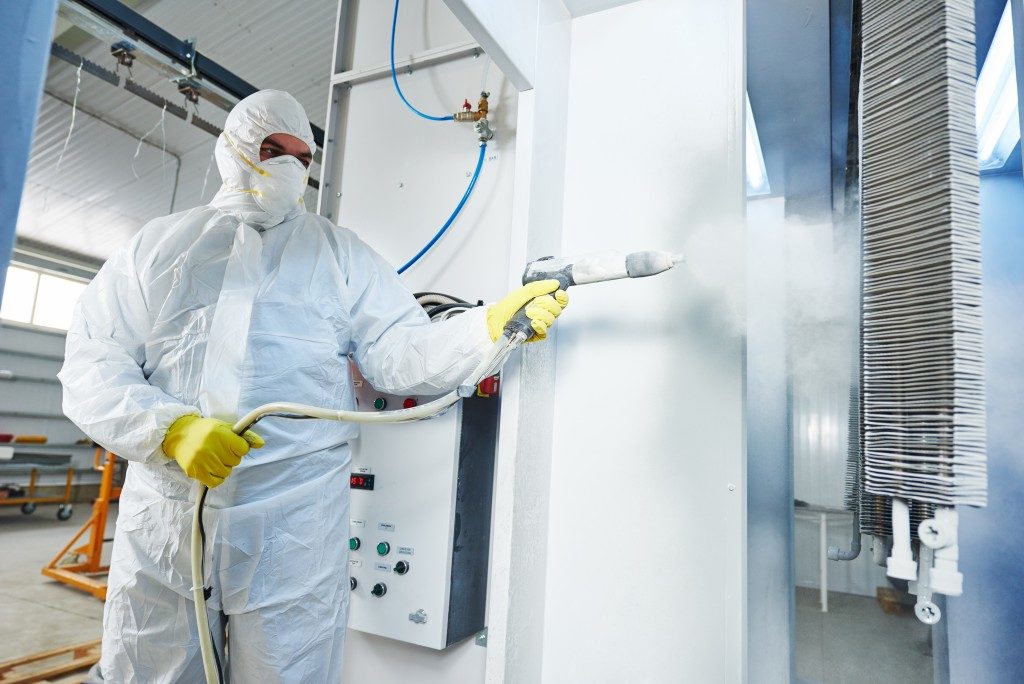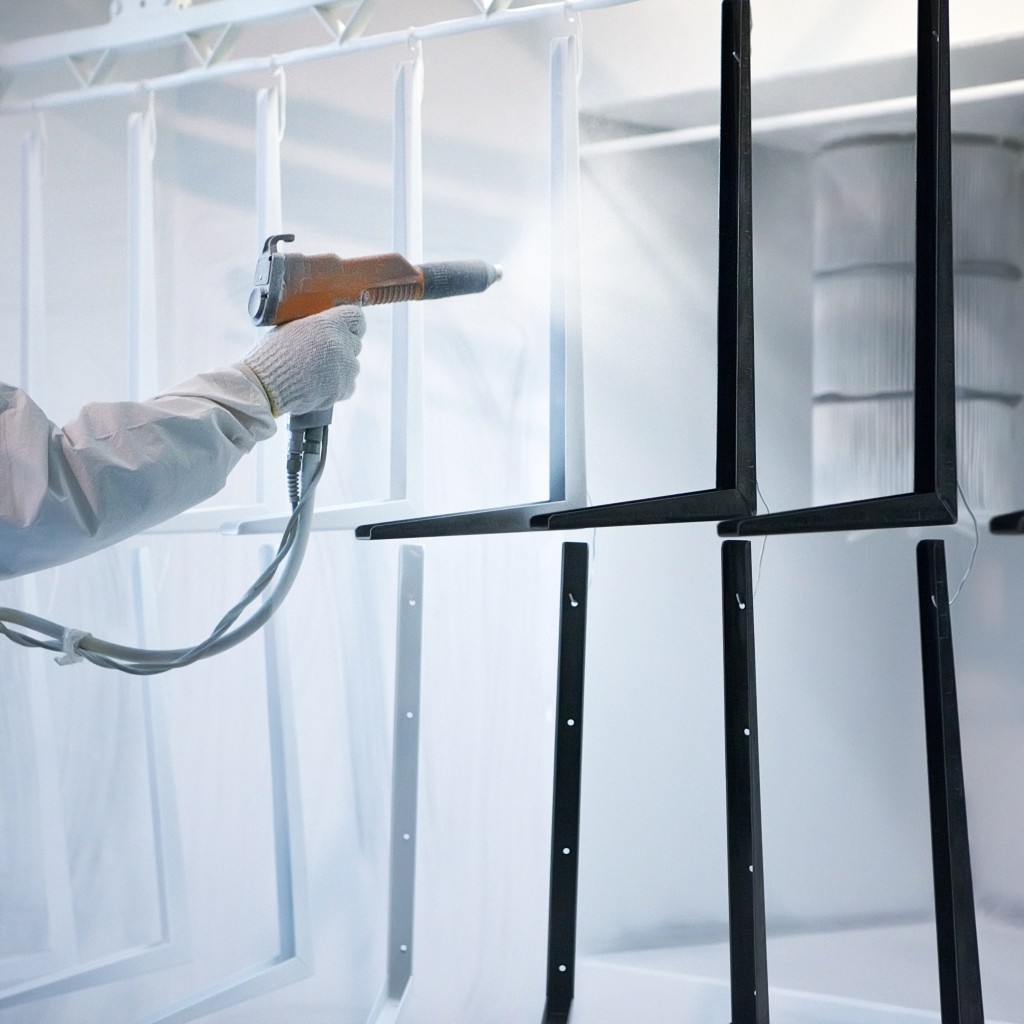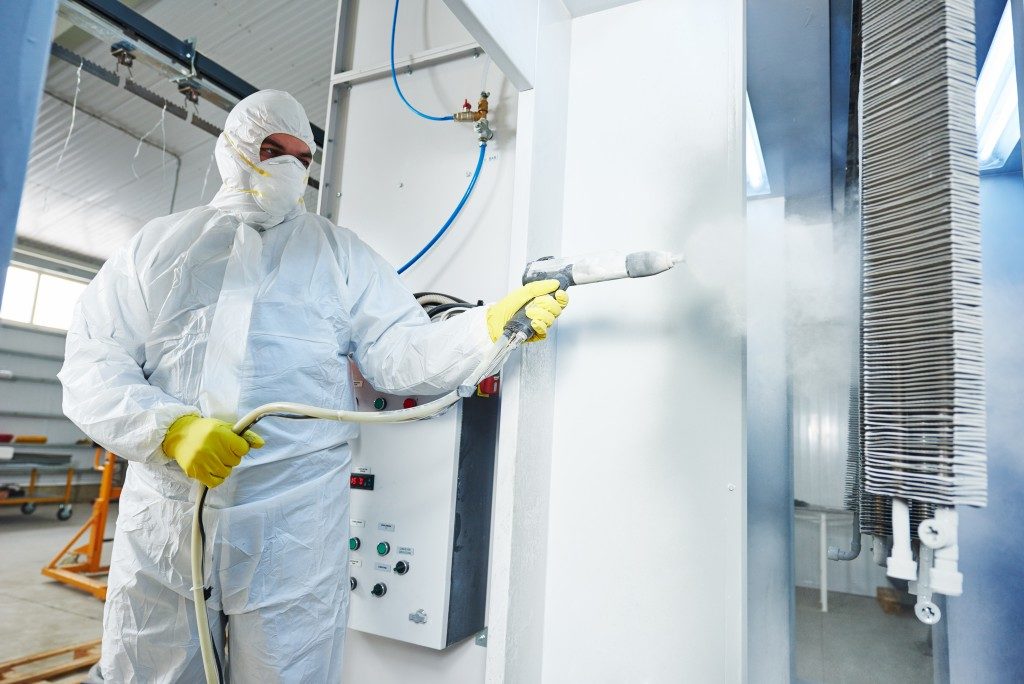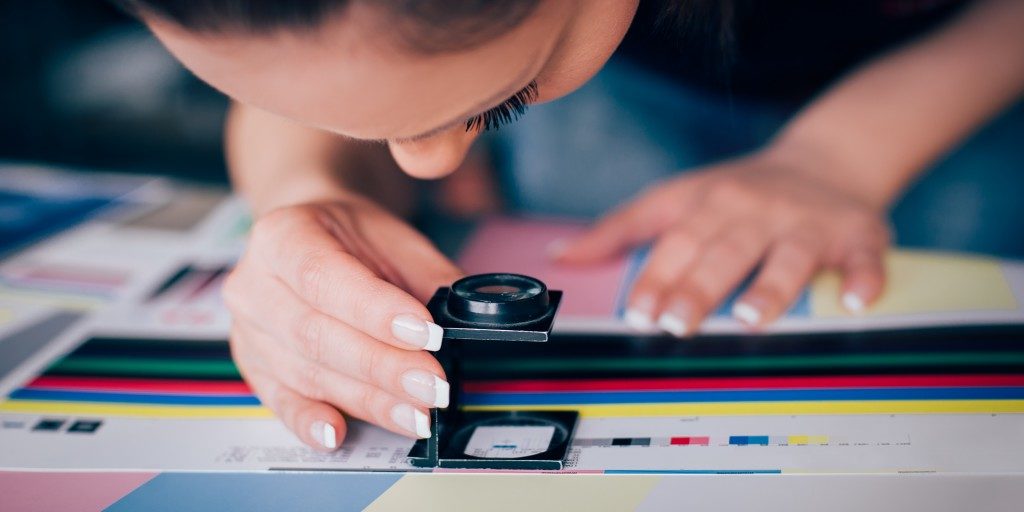 Glass, plastics, metals and composite materials can use a decorative finish, which comes in a variety of colors and designs. Textures that are not innate qualities add excitement and value. However, traditionally applying paint often does not offer the desired effect. And wet painting has inherent disadvantages. Applying dry coating is the alternative, and while liquid coating has its merits, powder coating is now hogging the limelight.
Glass, plastics, metals and composite materials can use a decorative finish, which comes in a variety of colors and designs. Textures that are not innate qualities add excitement and value. However, traditionally applying paint often does not offer the desired effect. And wet painting has inherent disadvantages. Applying dry coating is the alternative, and while liquid coating has its merits, powder coating is now hogging the limelight.
The website qualitypowdercoatingutah.com expounds on the desirable qualities and advantages of dry coating for metal products.
A high-density protective layer
As defined, coating applications using dry products is known as powder coating. Imagine typical wet paint and then remove the liquid part of it. The tough and uniform skin that covers metal products and parts consists of a dry, free-flowing powder. A skilled worker applies the coating under stable and controlled conditions in a factory. By utilizing electrostatic attraction, the process results in a consistent, hard and smooth finish. The overall firmness is the result of a curing process. The application process results in a protective layer characterized by high cross-link density.
Metal products in the 1960s started coming out of the factory which a new look—a durable skin made possible by electrostatic spray deposition (ESD). People were stunned, and they cannot get enough of it. From then on, a metal substrate is often subjected to the technology to protect it from corrosion, rust, wear and tear.
Reliable and uniform protection for metal substrates
 A good quality coating will not break down once applied on a metal substrate using an electrostatic spray. The polarisation of negative and positive charges makes the application stick and allows for uniformity throughout. Wet painting may result in areas with runs or snags. This is not possible with dry painting, and over-application will not affect the uniformity of the finished surface. As powder coating technology in Utah advances further myriad potential applications are possible.
A good quality coating will not break down once applied on a metal substrate using an electrostatic spray. The polarisation of negative and positive charges makes the application stick and allows for uniformity throughout. Wet painting may result in areas with runs or snags. This is not possible with dry painting, and over-application will not affect the uniformity of the finished surface. As powder coating technology in Utah advances further myriad potential applications are possible.
Compliant to regulations on pollution control
Ecological awareness must seep into our consciousness—and no matter what we do or where we are we know the environmental impact of a process or activity. Penalties await manufacturers that utilize compounds exceeding the standard volume of volatile compounds and solvents in the coating to be used. Because dry painting does not require solvents, which have potentially hazardous content, it has a low environmental impact. Also, the process does not produce hazardous waste for disposal. Fewer resources are required since primer use is not necessary.
Affordable
Lastly, dry coating is less expensive. The power used is not as expensive as wet paint. Aside from savings in materials, labor costs are lowered as well. The procedure requires a device that one skilled worker can operate. Spraying saves time. On the other hand, you cannot hurry up brushing. Instead, you must keep to a respectable pace to achieve a satisfactory outcome.
When the goal is to produce high-quality metal parts, we highly recommend dry coating for best results. Perhaps, with a better understanding of a process that makes it possible for metals and other materials to function with a layer of protection you will keep endorsing dry coating over wet applications.


